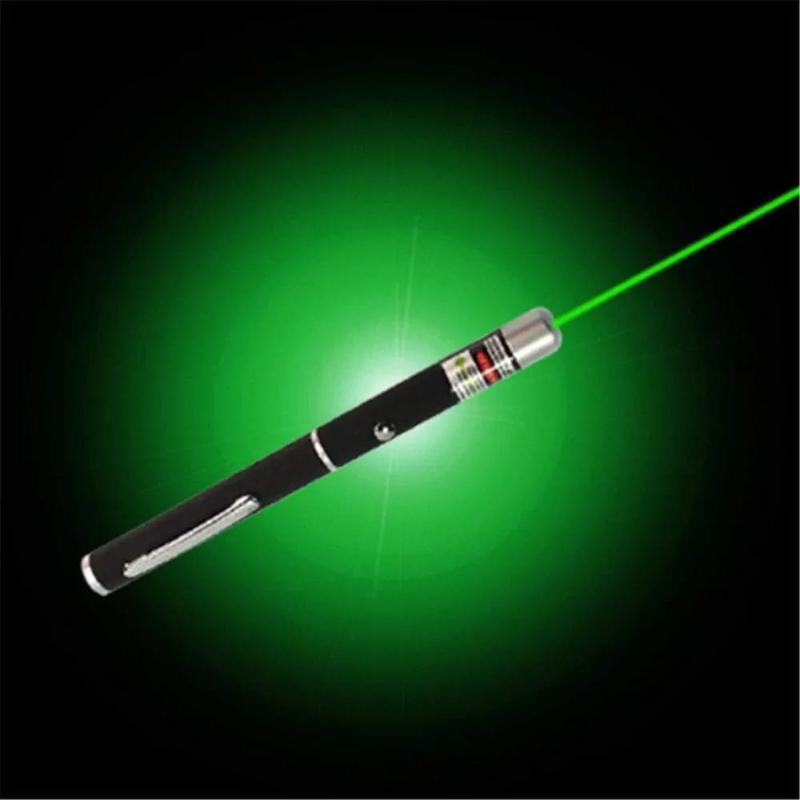What is a laser pen and how does it work

A laser pen, also commonly referred to as a laser pointer, is a small handheld device that emits a focused beam of visible light, usually in red, green, or blue colors. It is called a "pen" because of its slim, pen-like shape, and is often used in presentations, astronomy, construction, education, and even entertainment. While it might look like a simple tool, the science behind a laser pen is quite fascinating and rooted in optics and photonics.
How It Works
At its core, a laser pen uses laser diode technology to emit a highly concentrated beam of light. A laser diode is a semiconductor device that produces coherent light when electricity passes through it. Coherent light means that the light waves are all aligned in the same phase and direction, which is why laser light appears as a single, focused beam rather than a diffuse glow like a flashlight.
The laser diode is powered by a small battery inside the pen. When the user presses the button, the circuit is completed, allowing electricity to flow into the laser diode. The diode then emits light at a very specific wavelength—commonly 650 nanometers for red, 532 nm for green, and 450 nm for blue. The output is often passed through a collimating lens to focus the beam, allowing it to travel long distances without spreading out.
Common Uses
Laser pens are most widely used in presentations, especially in educational and corporate environments. Teachers, trainers, and professionals use them to point at specific items on a screen or board without needing to physically touch it. They are also popular in astronomy—particularly green laser pens—because the beam is more visible against the night sky and can be used to point out stars and constellations.
In construction and surveying, laser pens help in alignment and leveling tasks. Some models even come equipped with measuring functions. Certain laser pens are used in pet toys, especially to entertain cats, which love to chase the moving dot. In more specialized settings, like scientific research or medical applications, more powerful and precisely tuned laser pointers are employed.
Safety and Precautions
While laser pens may seem harmless, they can pose risks, especially the more powerful versions. The intensity of the beam can damage the retina if pointed directly into someone’s eye. That's why many countries have strict regulations on laser pointer strength. For example, in the U.S., the FDA limits consumer laser pointers to 5 milliwatts (mW). Anything beyond that is considered hazardous for general use and is usually restricted to professionals.
Laser pens can also cause distractions or even accidents when misused—such as being pointed at aircrafts, which is a criminal offense in many places due to the danger it poses to pilots.
Conclusion
A laser pen is a versatile and valuable tool that uses sophisticated technology to produce a highly visible, concentrated beam of light. From classroom instruction and business meetings to star-gazing and precise alignment tasks, it serves multiple purposes. However, like all tools, it should be used responsibly, following all safety guidelines to avoid harm.
- Art
- Causes
- Crafts
- Dance
- Drinks
- Film
- Fitness
- Food
- Παιχνίδια
- Gardening
- Health
- Κεντρική Σελίδα
- Literature
- Music
- Networking
- άλλο
- Party
- Religion
- Shopping
- Sports
- Theater
- Wellness


